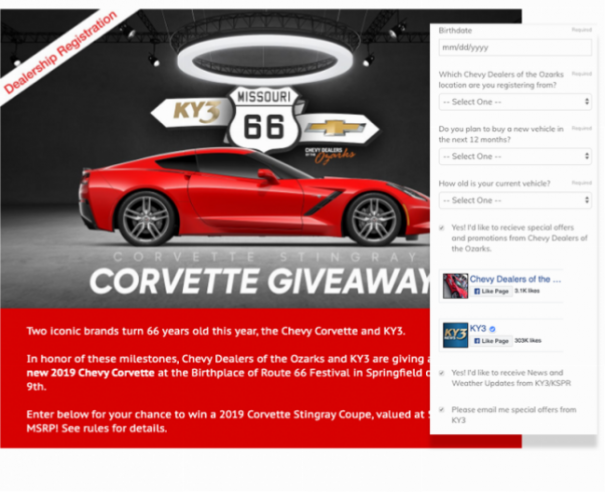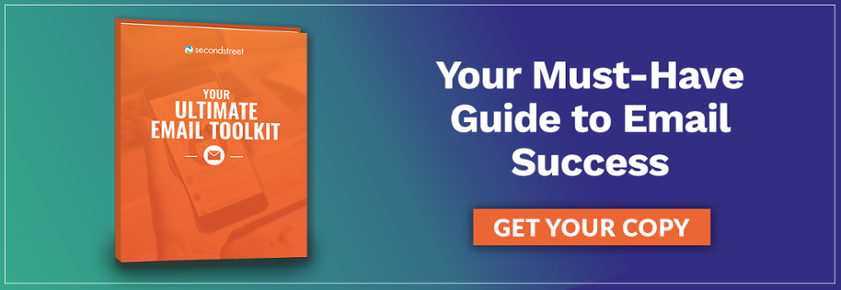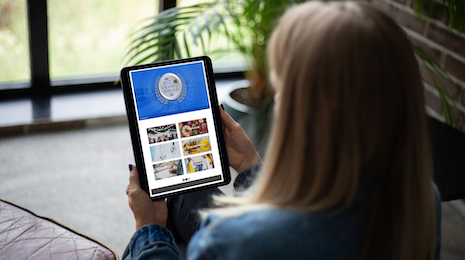Case Study Highlights
- Targeted emails earned 3x better open rates
- Targeted emails earned 3x better click-through rates
- Targeted emails earned 3x fewer complaints and opt-outs
The Idea
At KY3-TV (DMA 75) of Springfield, Missouri, we wanted an opportunity to test and revise our email strategy. We knew segmenting our emails could lead to higher engagement. However, we needed proof of performance get our sales team on board. Promoting an upcoming country music concert presented a great opportunity.
The Execution
We decided to run an A/B email campaign. The variable we chose to test was the audience: targeted versus untargeted. To ensure an accurate test, we kept the rest of the email (copy, subject line, timing, etc.) exactly the same.

We set up our test with two different audiences. The first audience just included users who opted-in to our general email list.
The second audience included three criteria:
-Opted-in to our general email list
-AND live within a 50 mile radius
-AND were tagged as bring interested in country music and/or concerts
We gathered the criteria for the second audience with important interest data collected from our various promotions throughout the years. Plus, by tagging all our promotions with interest data, we’re able to grow this list month after month.
The Results
The emails sent to the targeted audience earned an 18% open rate (including two opt-outs and two spam complaints), while the non-targeted email only received a 6% open rate (including seven opt-outs and six spam complaints.)
Overall, the targeted emails earned 3x better open rate, 3x better click-through rate, and 3x fewer complaints and opt-outs. This proves that bigger lists don’t equal better results!
With this in mind, we’ve begun making some changes to our email strategy. We started including opt-ins on every promotion we run to grow our email list. We also added a ‘birthday’ field to every registration form to build a list for our birthday club.

But our biggest initiative moving forward is utilizing lead-generation questions to collect valuable data both for advertisers and our own segmenting efforts. We are excited to see how all of these new strategies can improve our overall email program in the coming months.






